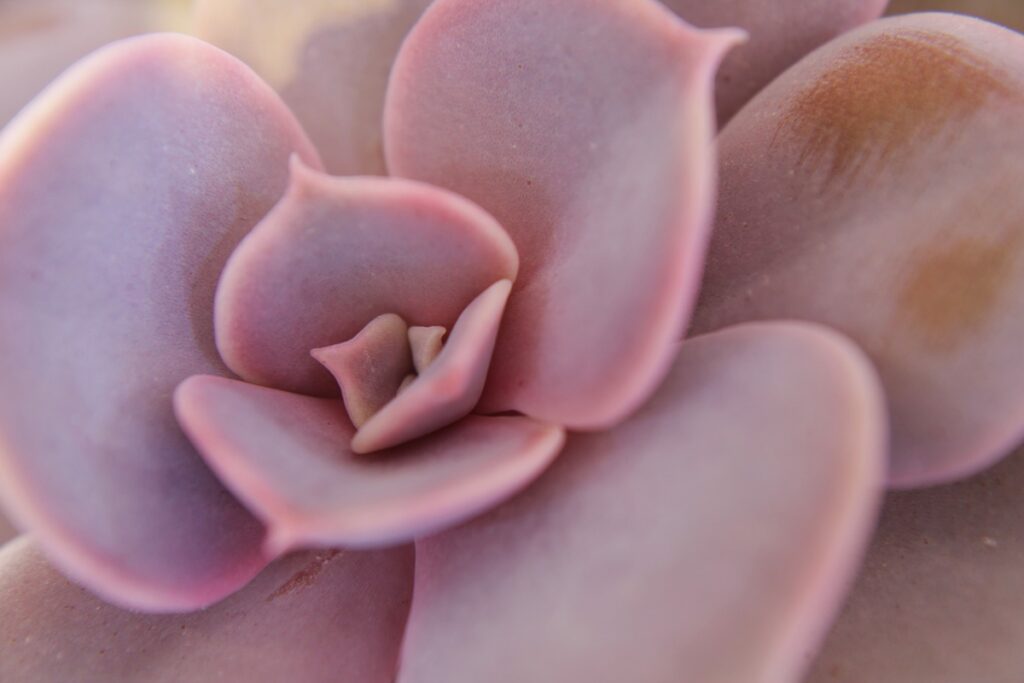Looking for a way to cover a dry, sunny area in your garden? Try succulents. These plants can provide a textured and unique look to any garden — plus, there are so many different varieties to choose from!
As long as your soil is well-draining, succulents could be the perfect ground cover plants for your garden. Read on to learn about a few of these ground cover succulents.
Moss Rose
For those living in USDA growing zones 2 through 11, the moss rose is a great ground cover plant to consider. Flowers from this plant come in various pastels and different varieties of the moss rose will offer single, double, or semi-double blooms.
To watch this plant thrive, make sure to place it in a location that receives full sun; they’re very tolerant of drought and heat. Additionally, moss rose thrives in soil that is sandy or rocky, but well-draining.

Echeveria
Known for their beautiful thick-leaved rosettes, these popular plants are among the easiest succulents to grow. The eheveria comes in a variety of colors, giving gardeners plenty of choices to individualize the garden.
Perfect for USDA growing zones 9 to 12, the echeveria, native to Texas and Central America, will thrive in desert conditions. Make sure to allow the plants to dry out between watering, plant them in full sun, and well-draining soil.
Ghost Plant
The ghost plant is aptly named for its characteristic powdery coating over the leaves known as “pruinose.” The hardy plant is capable of surviving temperatures as low as 10 degrees Fahrenheit and grows between 6-12 inches tall.
These plants have the ability to change color when given different conditions. If a location is too hot, the leaves become gray with pink overtones; locations with partial shade will allow the plant to produce blue-gray tones; locations where the plant receives full sun lets the plant remain translucent yellow-pink color.
During the mid-spring, the plant will produce star-shaped white or yellow flowers from trailing stems. These flowers are brittle, so be sure to manage them with care; placing them in areas without foot traffic is a must.
These plants will grow in USDA zones 7b to 13b.
Succulents are often not thought of as ground cover plants, but with these three varieties, individuals looking to add more texture and distinctiveness to their garden can’t go wrong.
For more tips and tricks on gardening, be sure to check out our other posts and follow us on Facebook and Twitter.
